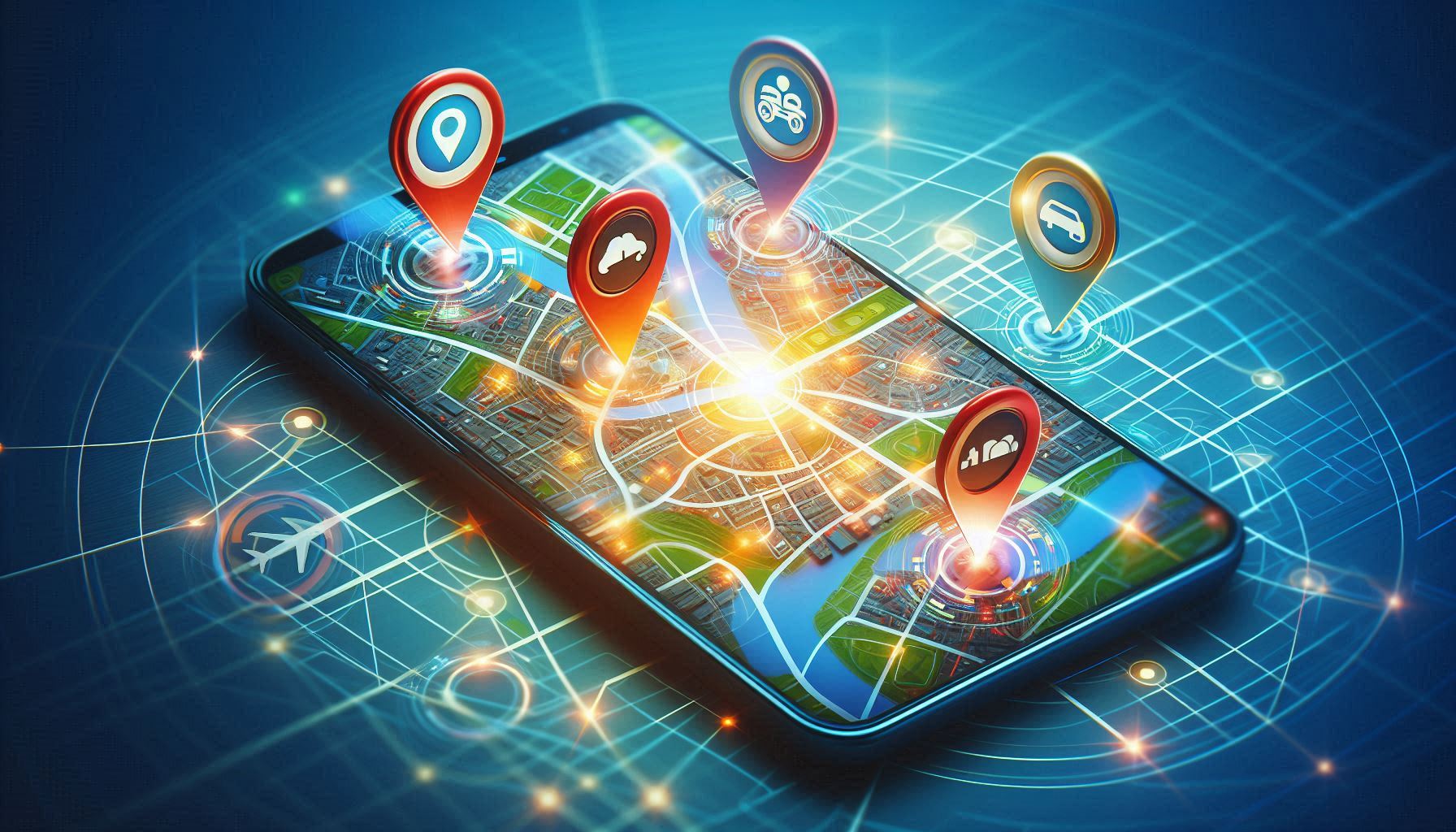
Location-based services have revolutionised the way businesses interact with customers, offering personalised and context-aware experiences. From restaurant finders to ride-hailing apps, geolocation data enables businesses to provide real-time services based on a user’s current location. If you're looking to build location-based features into your application, the Google Maps API is an essential tool that helps you leverage geolocation data effectively.
In this blog, we will explore how to use the Google Maps API to harness geolocation data for creating powerful location-based services. Whether you're building a mobile app or a web-based service, these features will help you offer highly dynamic and context-aware user experiences.
Geolocation data refers to the process of determining the physical location of a device, user, or object, typically using technologies like GPS, IP addresses, or Wi-Fi. In the context of location-based services, geolocation data allows you to pinpoint the exact location of your users in real time and deliver relevant services based on their location.
With the Google Maps API, you can gather geolocation data from users and integrate it into your application to enable functionalities like:
The Google Maps API offers several key features that help you make the most of geolocation data:
Before you can start leveraging geolocation data with the Google Maps API, you need to set up the API in your project. Below is a step-by-step guide to get you started:
Now that your Google Maps API is set up, let’s dive into how to use its features to build location-based services.
For many location-based services, the first step is to get the user’s current location. The Geolocation API allows you to retrieve the user’s coordinates (latitude and longitude). This can be done using the following code:
if (navigator.geolocation) {
navigator.geolocation.getCurrentPosition(function(position) {
const lat = position.coords.latitude;
const lon = position.coords.longitude;
console.log(`User's location: Latitude: ${lat}, Longitude: ${lon}`);
});
} else {
console.log('Geolocation is not supported by this browser.');
}
This code checks if the browser supports geolocation and then retrieves the user's current location, which can be used to provide personalised services.
Once you have the user’s geolocation, you can use the Nearby Search functionality to find places within a specific radius of the user's location. For example, you could find nearby restaurants, shops, or landmarks:
const url = `https://maps.googleapis.com/maps/api/place/nearbysearch/json?location=${lat},${lon}&radius=5000&type=restaurant&key=YOUR_API_KEY`;
fetch(url)
.then(response => response.json())
.then(data => {
data.results.forEach(place => {
console.log(place.name);
});
})
.catch(error => console.log('Error:', error));
In this example, the request searches for restaurants within a 5 km radius of the user’s location. You can change the type of places by adjusting the type parameter (e.g., store, park, hospital, etc.).
Once you know the user’s location and their desired destination, you can use the Directions API to provide real-time navigation. Here’s how you can get directions between two locations:
const directionsService = new google.maps.DirectionsService();
const directionsRenderer = new google.maps.DirectionsRenderer();
const map = new google.maps.Map(document.getElementById('map'), {
zoom: 14,
center: { lat: lat, lng: lon }
});
directionsRenderer.setMap(map);
const request = {
origin: { lat: lat, lng: lon },
destination: { lat: destLat, lng: destLon },
travelMode: google.maps.TravelMode.DRIVING
};
directionsService.route(request, function(result, status) {
if (status === google.maps.DirectionsStatus.OK) {
directionsRenderer.setDirections(result);
} else {
console.log('Directions request failed due to ' + status);
}
});
This code snippet provides driving directions from the user's current location to the specified destination. It can be easily adapted to show walking or cycling directions as well.
Sometimes you may need to convert geographical coordinates into a human-readable address. The Reverse Geocoding API allows you to do this, which is especially useful when working with GPS data from mobile devices or IoT sensors.
const reverseGeocodeUrl = `https://maps.googleapis.com/maps/api/geocode/json?latlng=${lat},${lon}&key=YOUR_API_KEY`;
fetch(reverseGeocodeUrl)
.then(response => response.json())
.then(data => {
const address = data.results[0].formatted_address;
console.log('Address:', address);
})
.catch(error => console.log('Error:', error));
This code takes the latitude and longitude of the user’s location and retrieves the nearest address.
The Google Maps API allows businesses and developers to build a wide variety of location-based services. Here are some examples:
The Google Maps API is a powerful tool for leveraging geolocation data to create rich, location-based services. Whether you’re building an app that needs real-time location tracking, nearby search, or navigation services, Google Maps API has you covered. With its suite of tools like geocoding, reverse geocoding, and distance matrices, you can integrate dynamic, context-aware features that will elevate your app and deliver highly personalised user experiences.
By following the steps outlined in this guide, you can start building location-based services that provide real-time, accurate, and engaging experiences for your users.
Hi there!
Let's help you find right APIs!